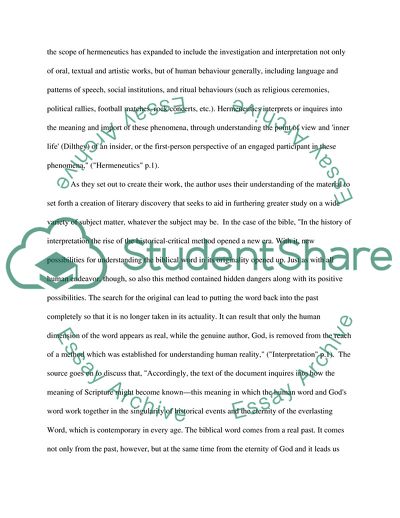Cite this document
(Understanding Text As It Is Meant To Be Essay Example | Topics and Well Written Essays - 3000 words, n.d.)
Understanding Text As It Is Meant To Be Essay Example | Topics and Well Written Essays - 3000 words. https://studentshare.org/social-science/1713985-where-does-the-meaning-of-a-text-reside-with-the-author-the-text-itself-or-the-reader-justify-your-position-with-specific-reference-and-reder-response-criti
Understanding Text As It Is Meant To Be Essay Example | Topics and Well Written Essays - 3000 words. https://studentshare.org/social-science/1713985-where-does-the-meaning-of-a-text-reside-with-the-author-the-text-itself-or-the-reader-justify-your-position-with-specific-reference-and-reder-response-criti
(Understanding Text As It Is Meant To Be Essay Example | Topics and Well Written Essays - 3000 Words)
Understanding Text As It Is Meant To Be Essay Example | Topics and Well Written Essays - 3000 Words. https://studentshare.org/social-science/1713985-where-does-the-meaning-of-a-text-reside-with-the-author-the-text-itself-or-the-reader-justify-your-position-with-specific-reference-and-reder-response-criti.
Understanding Text As It Is Meant To Be Essay Example | Topics and Well Written Essays - 3000 Words. https://studentshare.org/social-science/1713985-where-does-the-meaning-of-a-text-reside-with-the-author-the-text-itself-or-the-reader-justify-your-position-with-specific-reference-and-reder-response-criti.
“Understanding Text As It Is Meant To Be Essay Example | Topics and Well Written Essays - 3000 Words”. https://studentshare.org/social-science/1713985-where-does-the-meaning-of-a-text-reside-with-the-author-the-text-itself-or-the-reader-justify-your-position-with-specific-reference-and-reder-response-criti.


